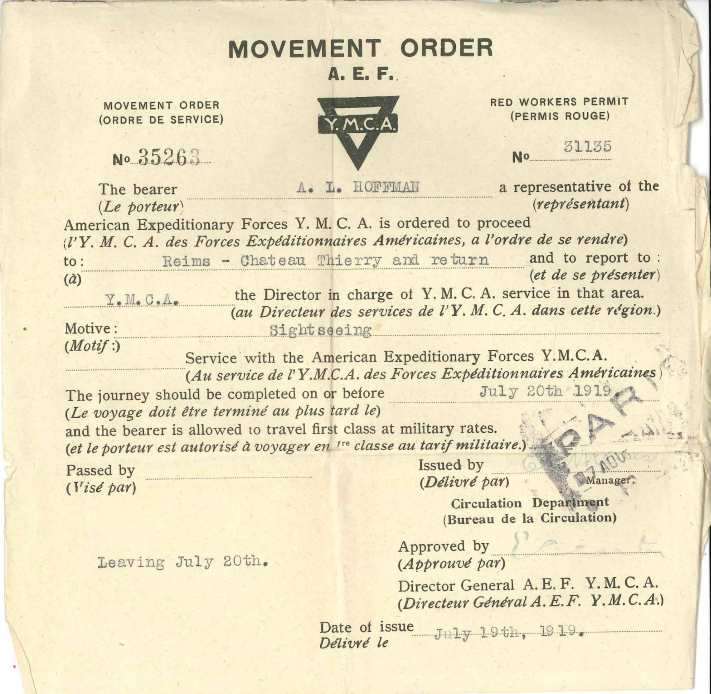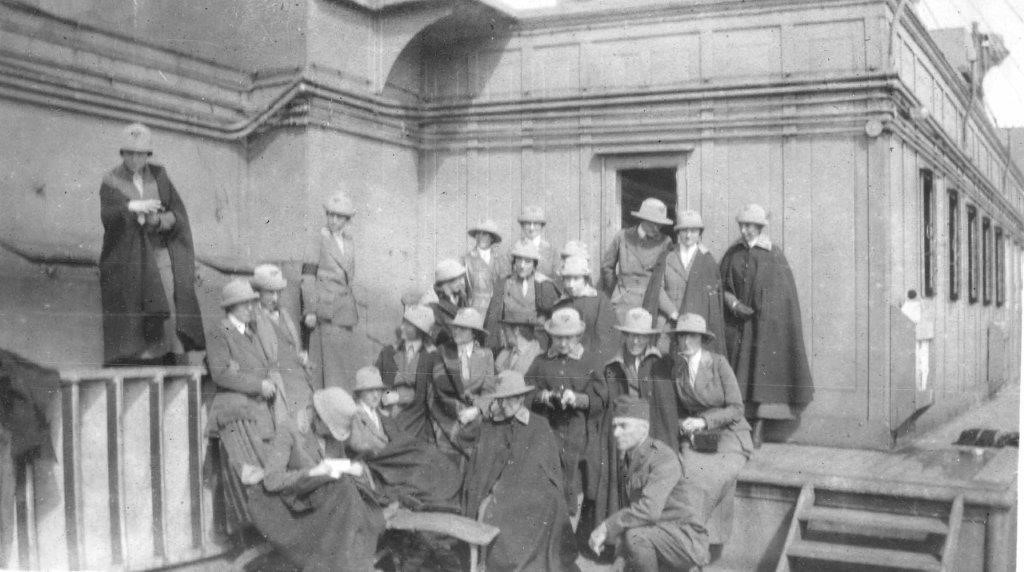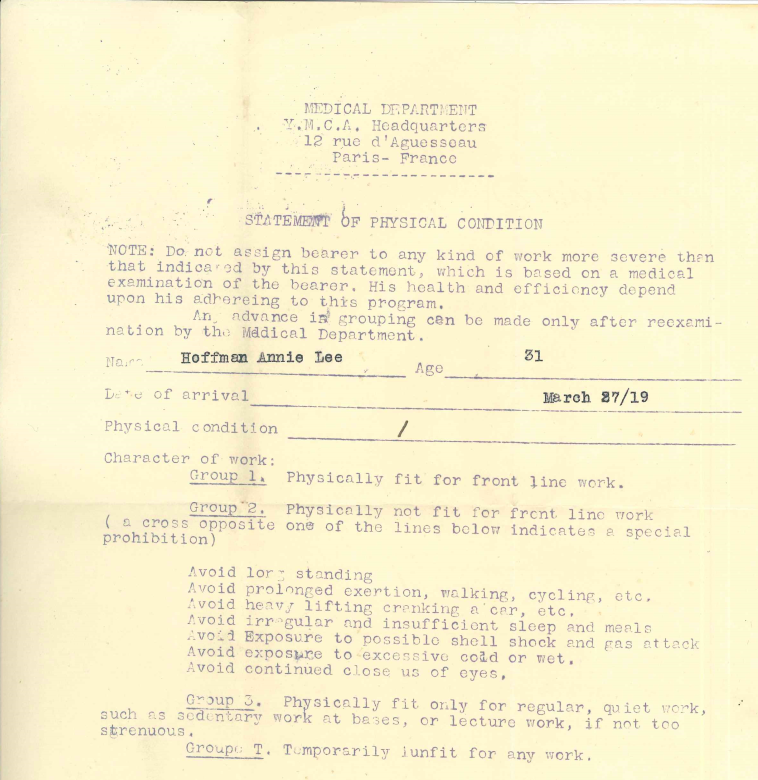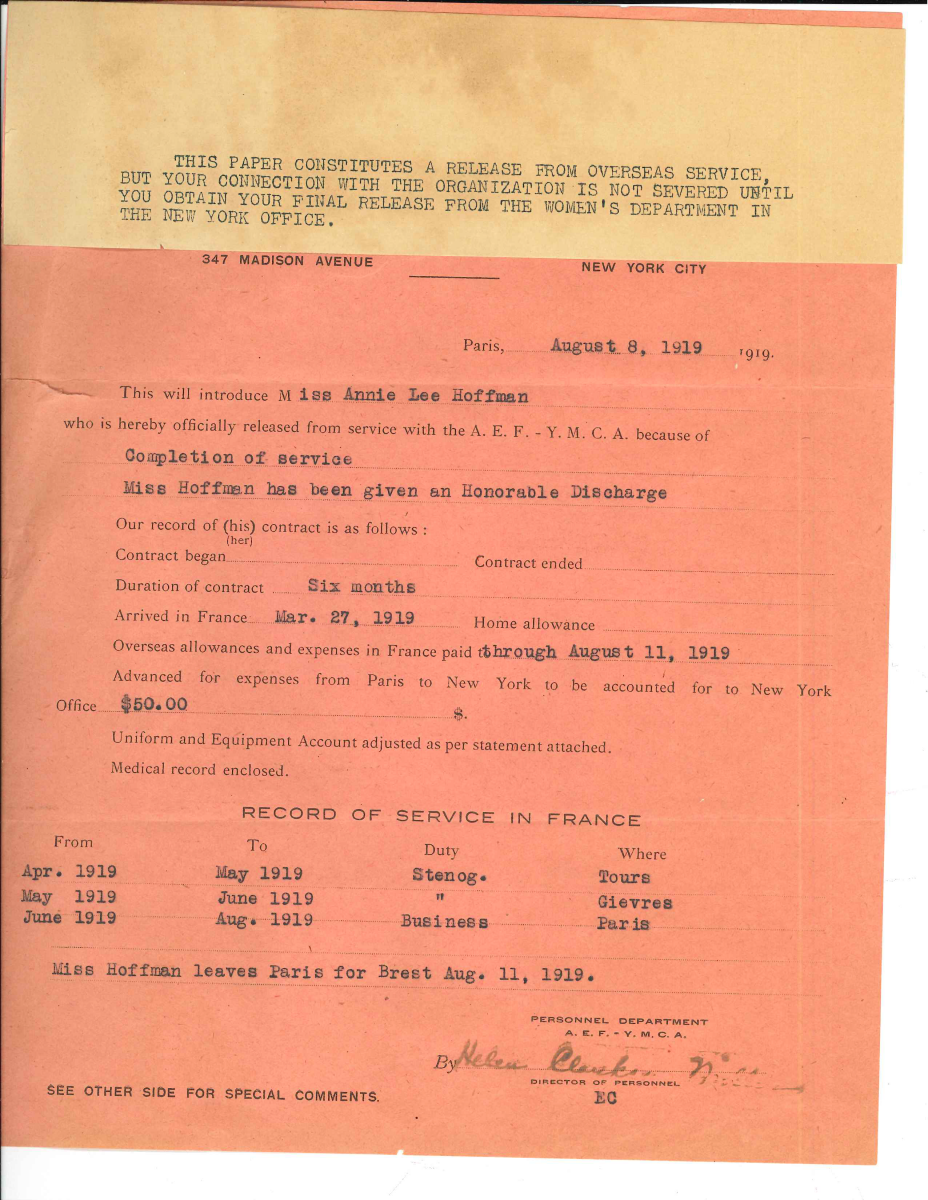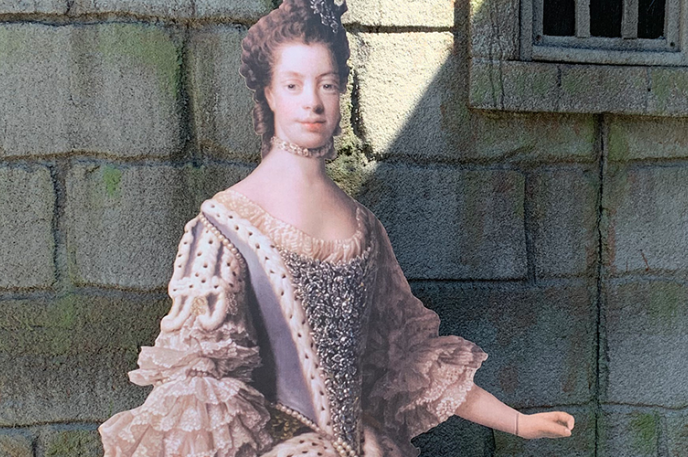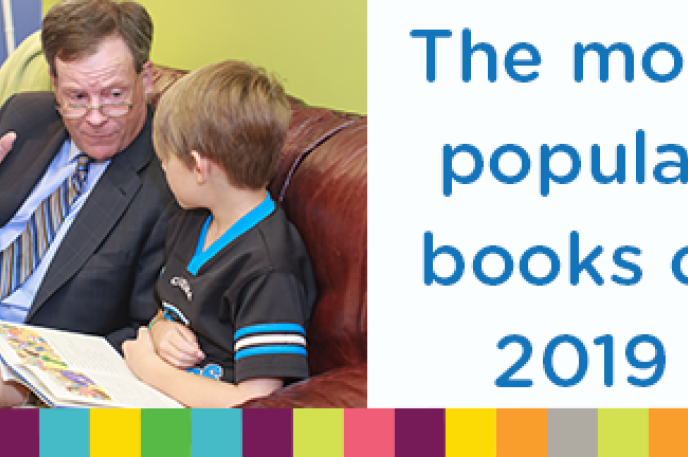
Charlotte Mecklenburg Library's most popular books of 2019
January 22, 2020
The Charlotte Mecklenburg Library has received many questions about the most popular books of 2019. We pulled circulation data for our adult fiction (both print and digital), adult nonfiction, teen fiction and children’s books to bring you the titles that were most popular with Library readers in 2019.
A few things stand out when you look at the lists:
- Fiction rules. Once again, the most circulated book owned by the Library was a novel. This year it’s Where the Crawdads Sing by Delia Owens.
- And it wasn’t even close! Where the Crawdads Sing almost doubled the number of check outs of second place, Nine Perfect Strangers by Liane Moriarty.
- This was the year of the memoir. Generally, the most popular nonfiction books circulate fewer times than any of the top ten novels. This year, both Michelle Obama’s Becoming and Educated by Tara Westover were more popular than all but the top two novels.
- Charlotte author, Tommy Tomlinson’s memoir, The Elephant in the Room made the top three on our nonfiction list. Coming in third to those two incredibly popular books is almost like coming in first. We are thrilled to see a local writer on our year end list!
Print Fiction
Where the Crawdads Sing by Delia Owens
Nine perfect strangers by Liane Moriarty
Long road to Mercy by David Baldacci
The Reckoning by John Grisham
The Silent Patient by Alex Michaelides
Past Tense: a Jack Reacher novel by Lee Child.
Redemption by David Baldacci
Summer of 69 by Erin Hilderbrand
Run away by Harlan Coben
Spark of Light by Jodi Picoult
Digital Adult Fiction on Overdrive
Where the Crawdads Sing by Delia Owens
Nine Perfect Strangers by Liane Moriarty
Little Fires Everywhere by Celeste Ng
Crazy Rich Asians by Kevin Kwan
The Reckoning by John Grisham
The Silent Patient by Alex Michaelides
The Great Alone by Kristin Hannah
The Tattooist of Auschwitz by Heather Morris
Before We Were Yours by Lisa Wingate
One Day in December by Josie Silver
Adult Nonfiction
Becoming by Michelle Obama
Educated: a Memoir by Tara Westover
The Elephant in the Room by Tommy Tomlinson
Girl, Wash your Face by Rachel Hollis
The Library Book by Susan Orlean
Maid: Hard Work, Low Pay and a Mothers will to Survive by Stephanie Land
Maybe you should talk to someone by Lori Gottlieb
The Life-Changing Magic of Tidying up by Marie Kondo
The Pioneers by David McCullough
Three Women by Lisa Taddeo
Children’s Books
Diary of a Wimpy Kid: The Meltdown by Jeff Kinney
I Broke my Trunk by Mo Willems
Happy Pig Day by Mo Willems
Diary of a Wimpy Kid: The Getaway by Jeff Kinney
Diary of a wimpy Kid: The Third Wheel by Jeff Kinney
I Really like Slop by Mo Willems
Diary of a Wimpy Kid: Greg Heffley’s Journal by Jeff Kinney
Llama Llama Time to Share by Anna Dewdney
Are you Ready to Play Outside? by Mo Willems
Pete the Kitty and the Groovy Playdate by Kim Dean
Young Adult Fiction
The Hate U Give by Angie Thomas
The Sun is also a Star by Nicola Yoon
On the Come up by Angie Thomas
To all the Boys I’ve Loved Before by Jenny Han
The Lightning Thief by Rick Riordan
The Sea of Monsters by Rick Riordan
Turtles all the way Down by John Green
Bridge of Clay by Markus Zusak
Five Feet Apart by Rachel Lippincott
Children of Blood and Bone by Tomi Adeyemi



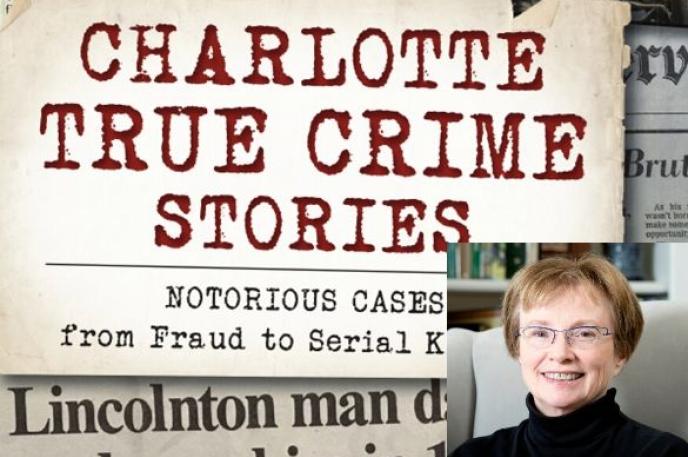
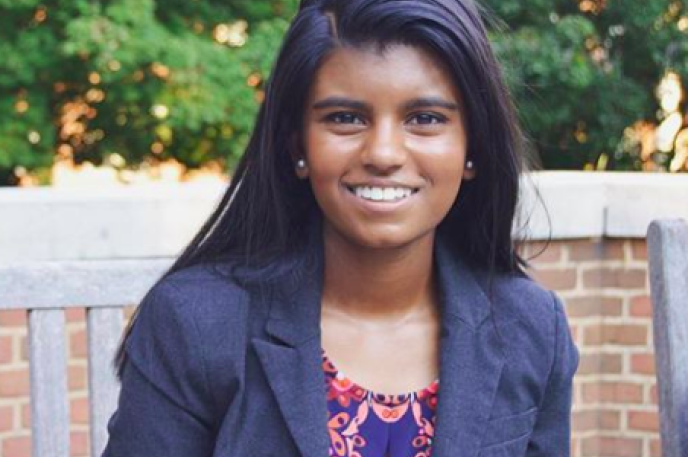
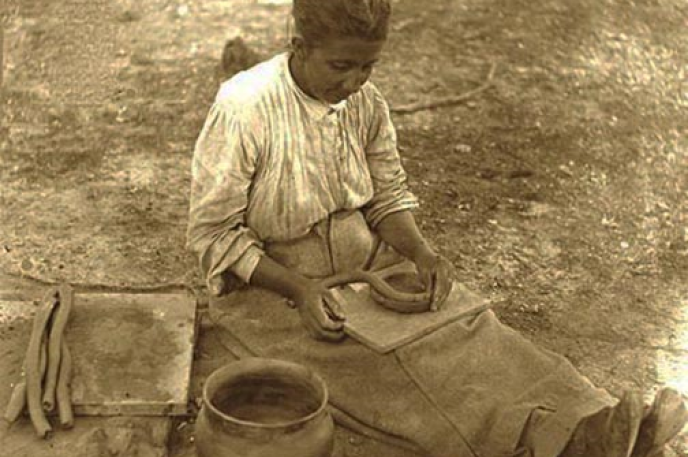
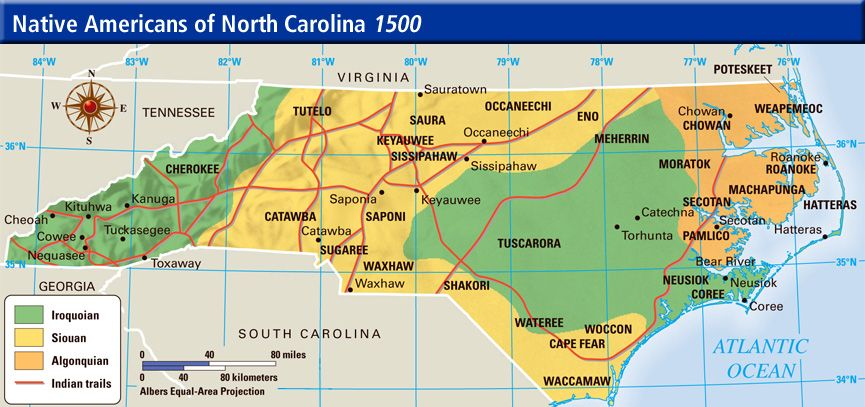
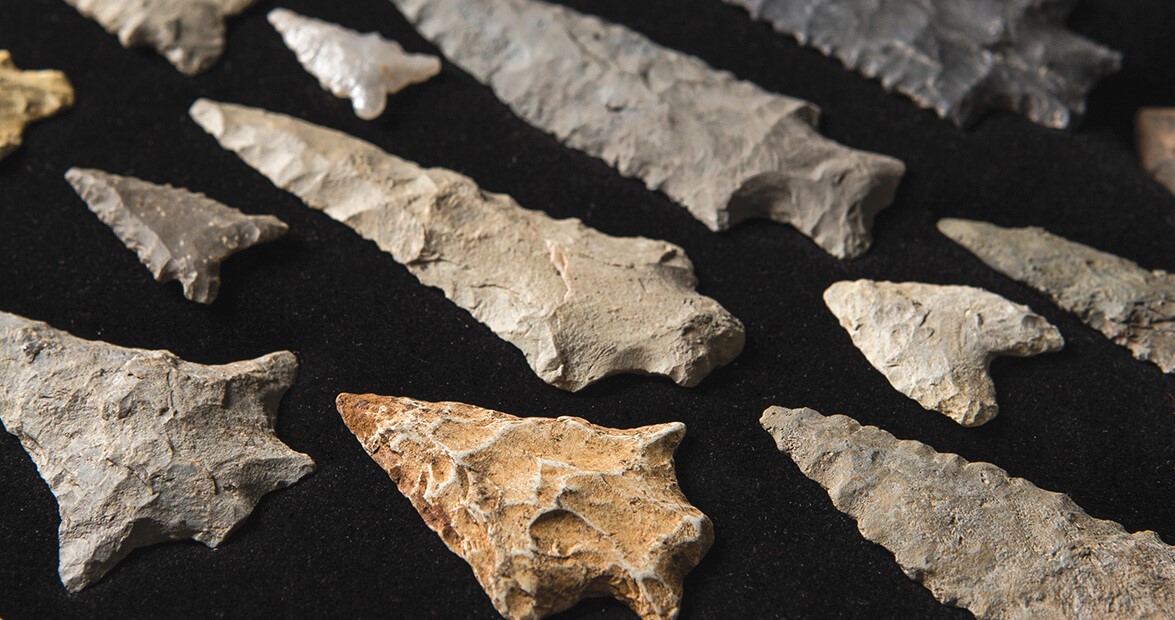
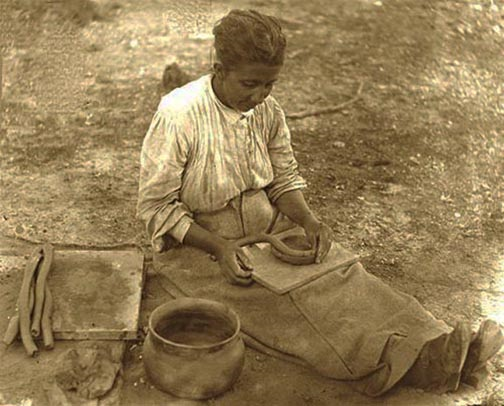
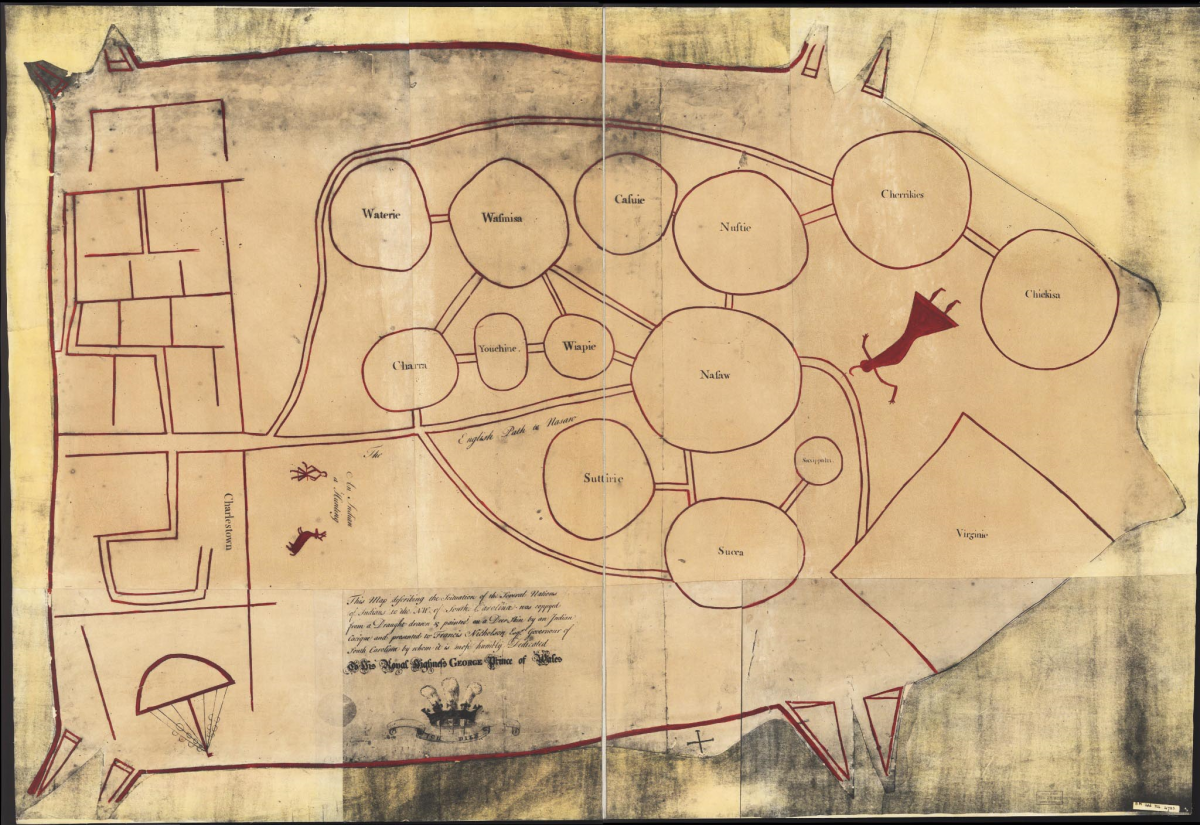
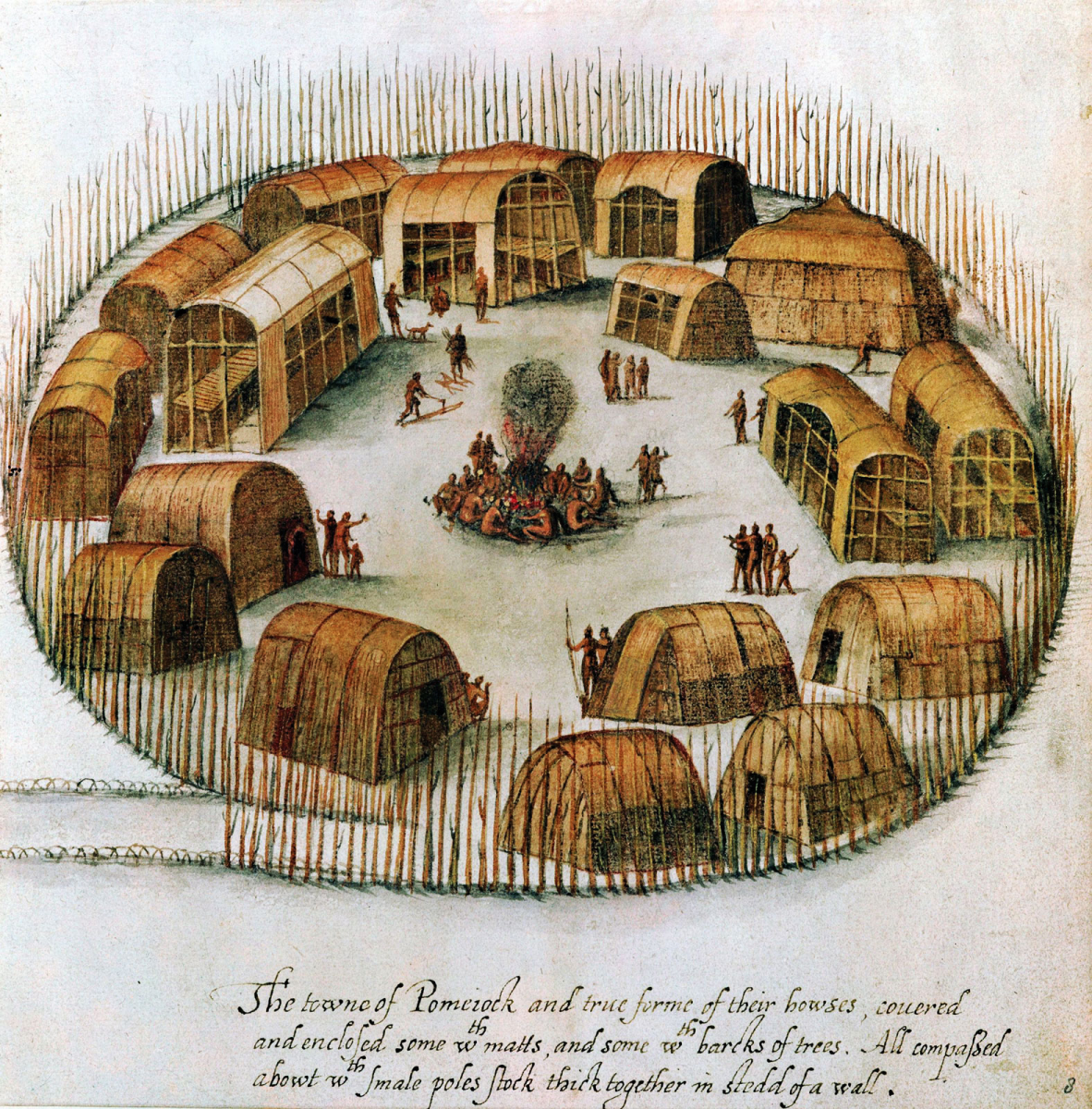
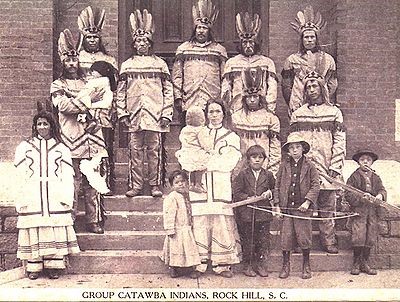
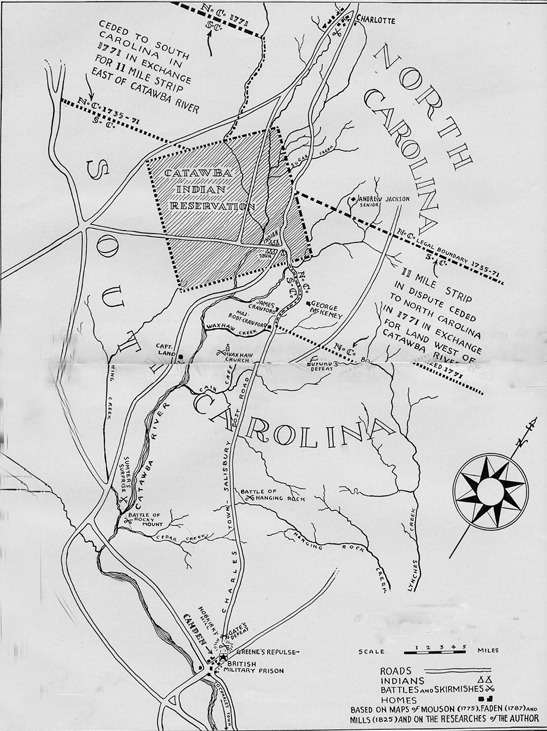
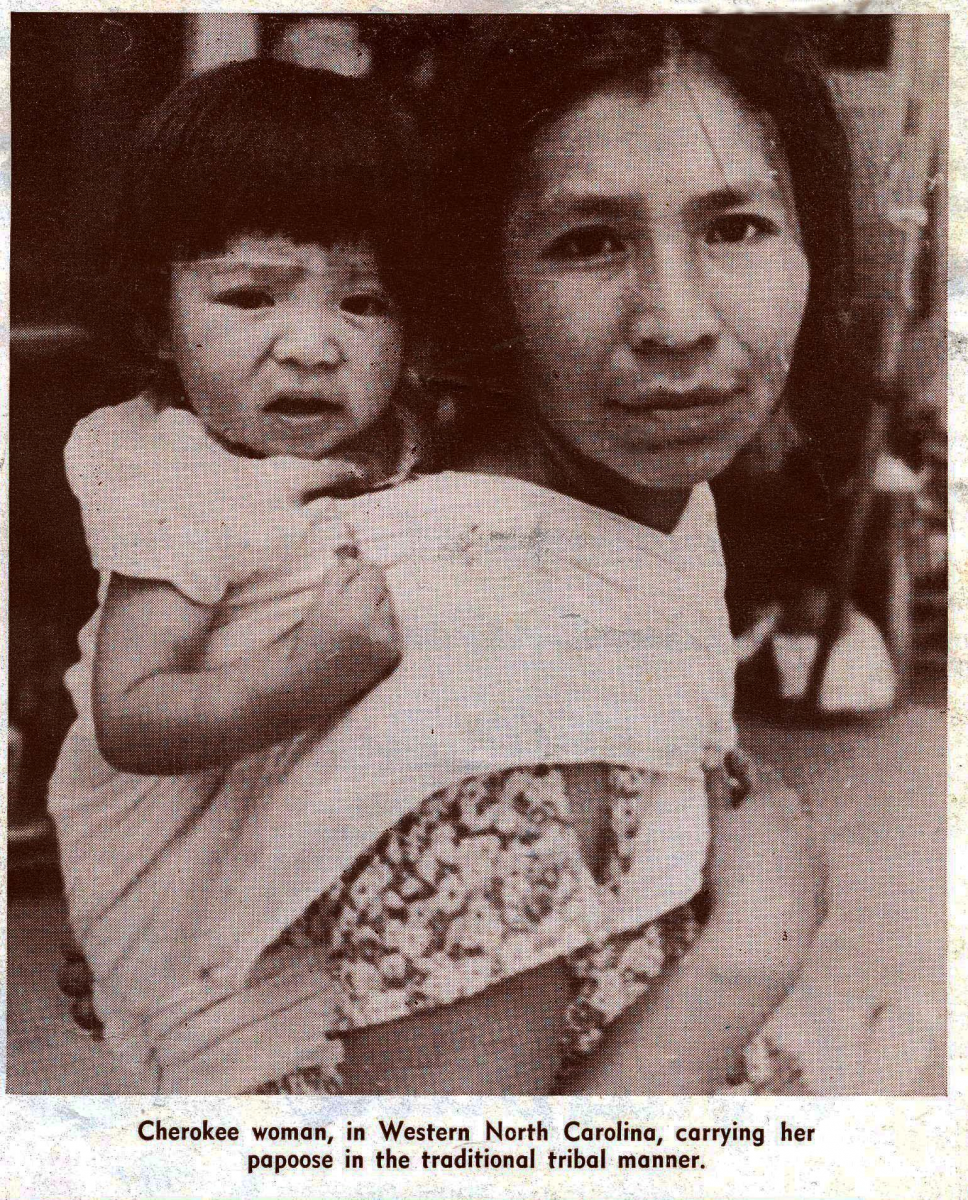
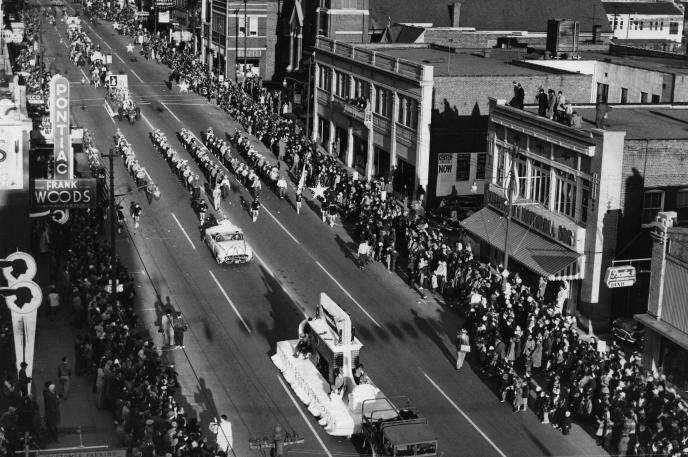
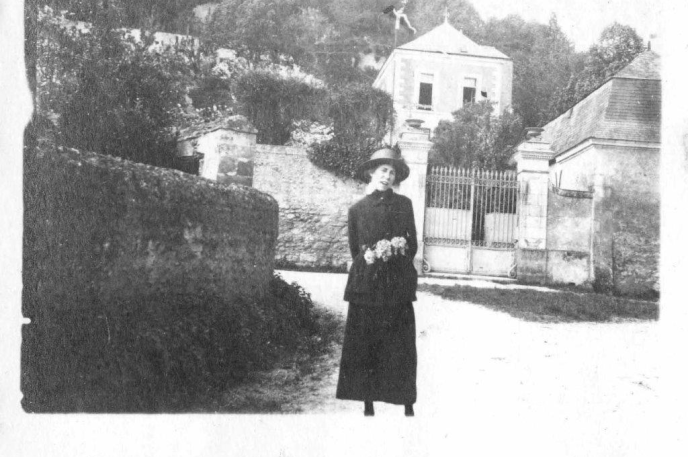
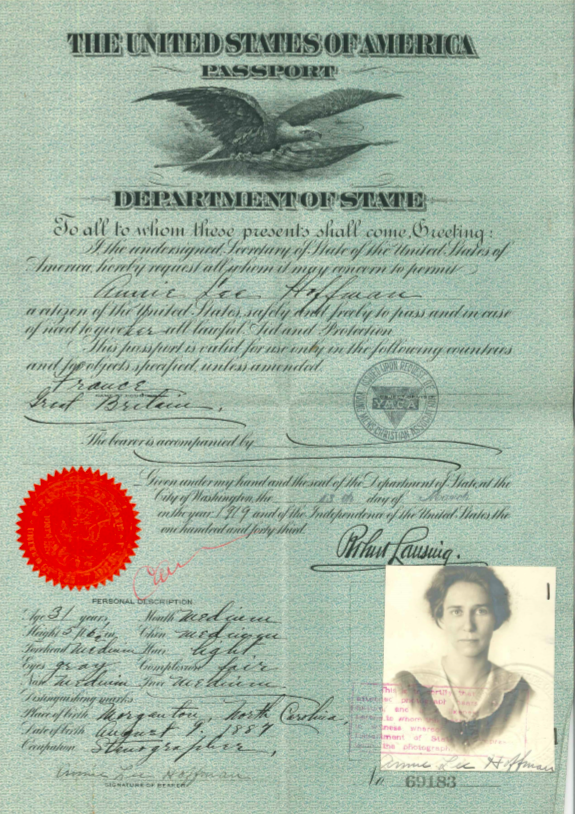 The early life of Annie Hoffman
The early life of Annie Hoffman